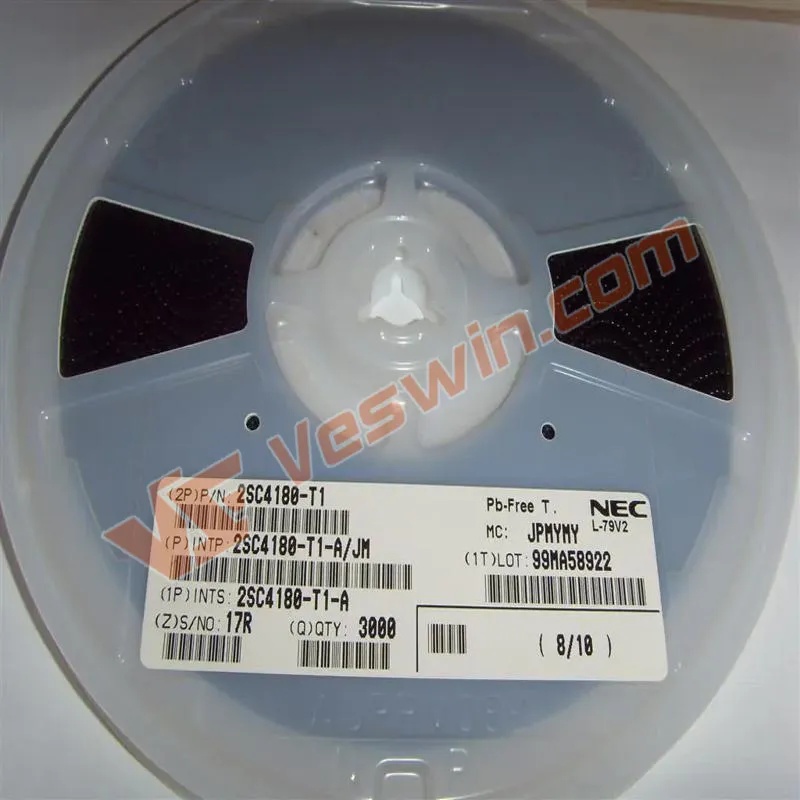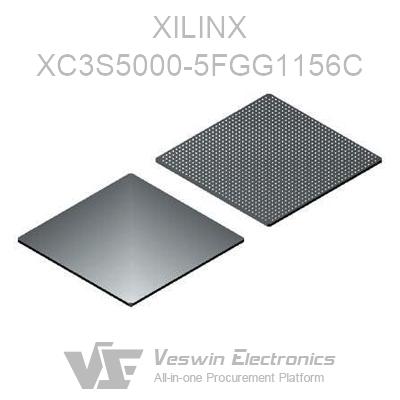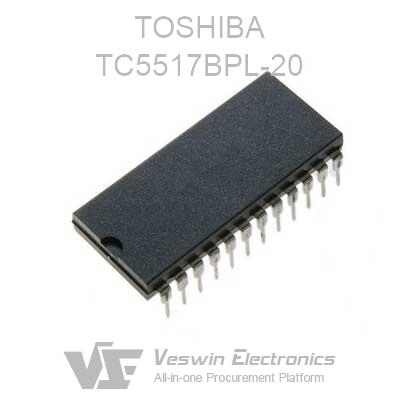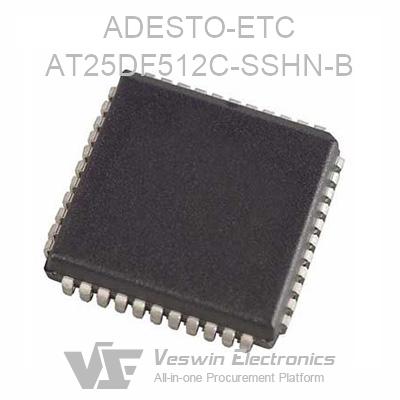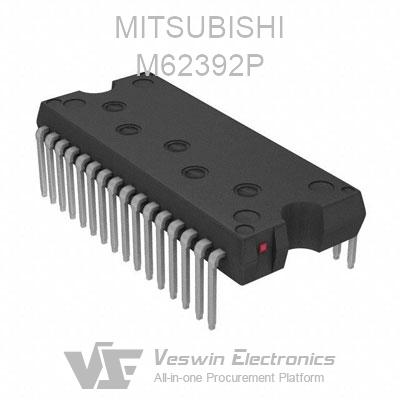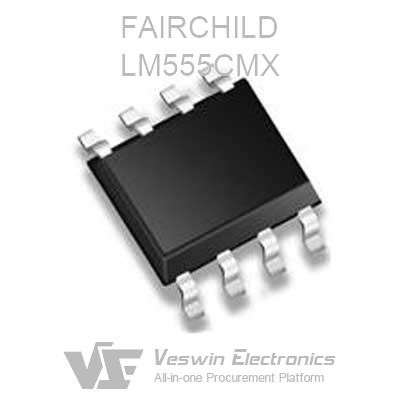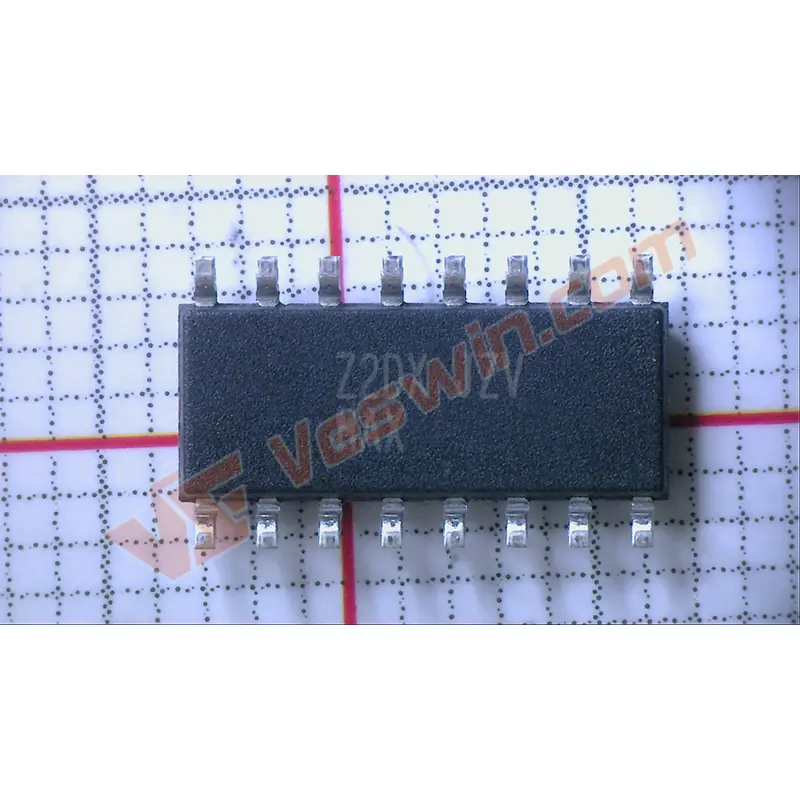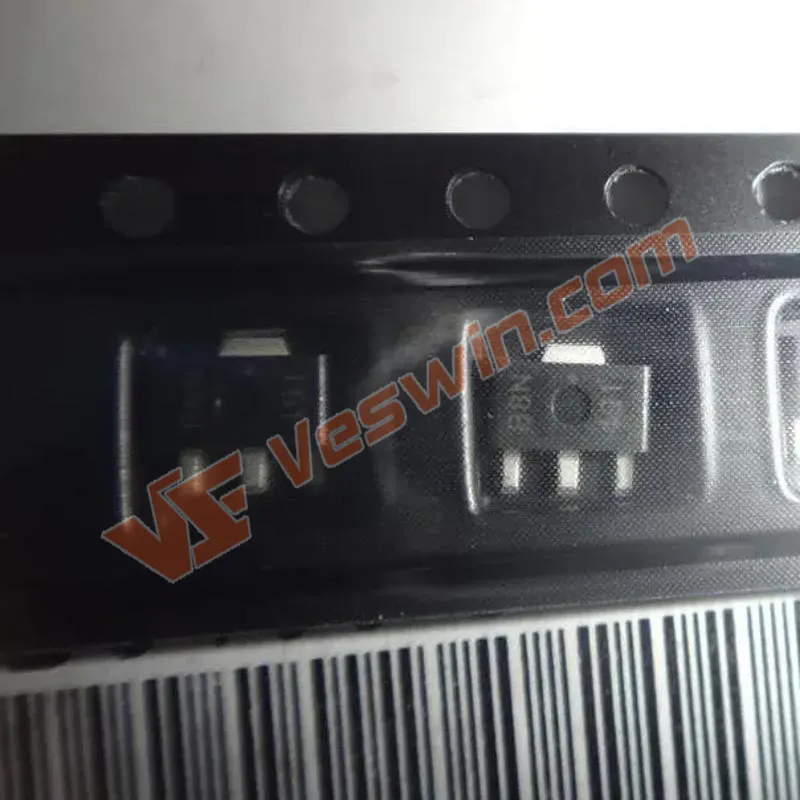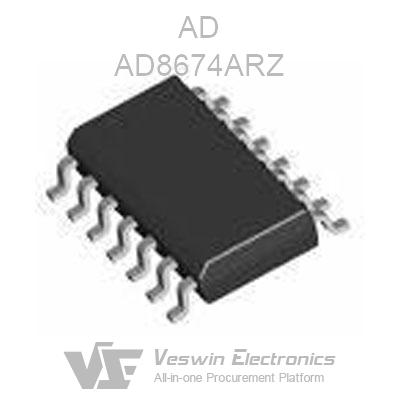① Voltage waveform at the input pin
Distortion of the waveform caused by input noise or a reflected waveform may cause an error. If the input voltage range of CMOS devices remains between VIL (MAX) and VIH (MIN) due to noise, etc., an error may occur in the device. During transmission, when the input level is fixed and the input level transitions from VIL (MAX) to VIH (MIN), it prevents scattered noise from affecting the device.
② Handling of Unused Input Pins
Keeping the inputs of CMOS devices open can lead to misoperation. If an input pin is left unconnected, an internal input level may be generated due to noise, etc., leading to misoperation. The operating characteristics of CMOS devices differ from those of Bipolar or NMOS devices. The input level of CMOS devices must be fixed at a high or low level with the help of pull-up or pull-down circuits. Every unused pin should be connected to VDD or GND with an additional resistor and, if possible, defined as an output pin. The handling of unused pins varies from device to device and must follow the regulations and instructions related to the device.
③ ESD protection measures
If there is a strong electric field around the MOS device, it will break through the oxide gate and thus affect the operation of the device. Therefore, measures must be taken to prevent static electricity generation as much as possible. Once there is static electricity, it must be discharged immediately. There must be proper control of the environment. If the air is dry, a humidifier should be used. It is recommended to avoid the use of insulators that are prone to static electricity. Semiconductor equipment must be stored and transported in antistatic containers, antistatic shielding bags, or containers of conductive materials. All test and measurement tools must be well grounded, including benches and work surfaces. Operators should wear static dissipative hand straps to ensure good grounding. Hands should not be in direct contact with semiconductor equipment. Similar electrostatic precautions should be taken for PW boards assembled with semiconductor devices.
④ State before initialization
The initial state of the MOS device at the time of power-up is uncertain. Just after power-up, the MOS device with reset function is not initialized. Therefore power-up does not guarantee the level of output pins, I/O settings, and register contents. The device is initialized only after receiving the reset signal. A device with a reset function must perform a reset operation immediately after power-up.
⑤ Power switching sequence
In the case of a device using different power supplies for internal operation and external interface, the internal power supply should be turned on before the external power supply, as specified. When turning off the power supply, the external power supply should be turned off first before the internal power supply, as specified. Reversing the order of power switching may result in overvoltage of the device's internal components, generating abnormal currents, which may cause malfunction of the internal components and degradation of performance. The correct switching order for each device's power supply must be judged separately based on the device's specifications.
⑥ Input signal in power off state
Do not input signals or provide I/O pull-up power to devices that are not powered up. This is because inputting signals or providing I/O pull-up power will cause current injection, which can cause misoperation of the device and generate abnormal currents that can degrade internal components. When each device is powered off, the signal input must be judged separately based on the device's specification description.
Hot News
